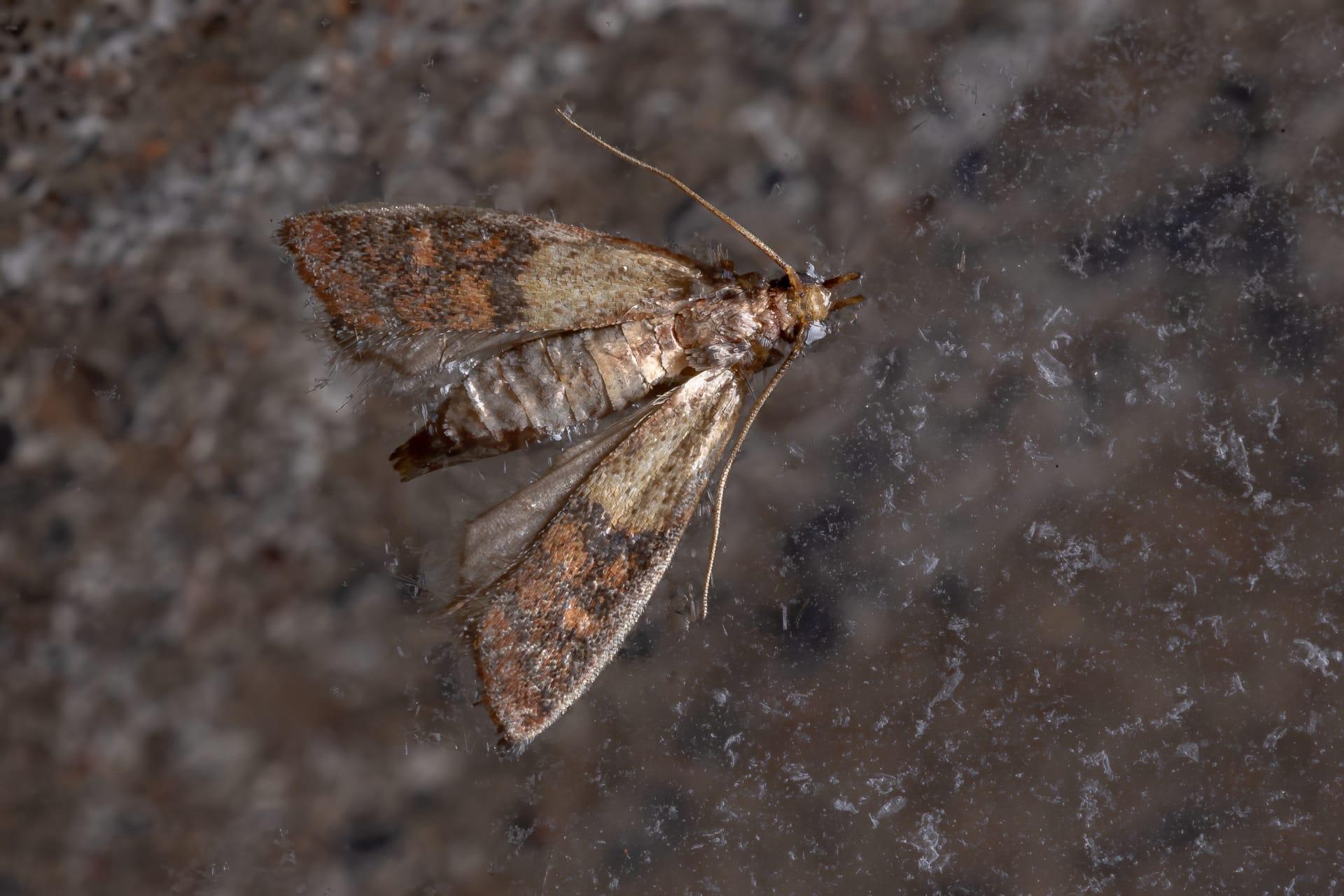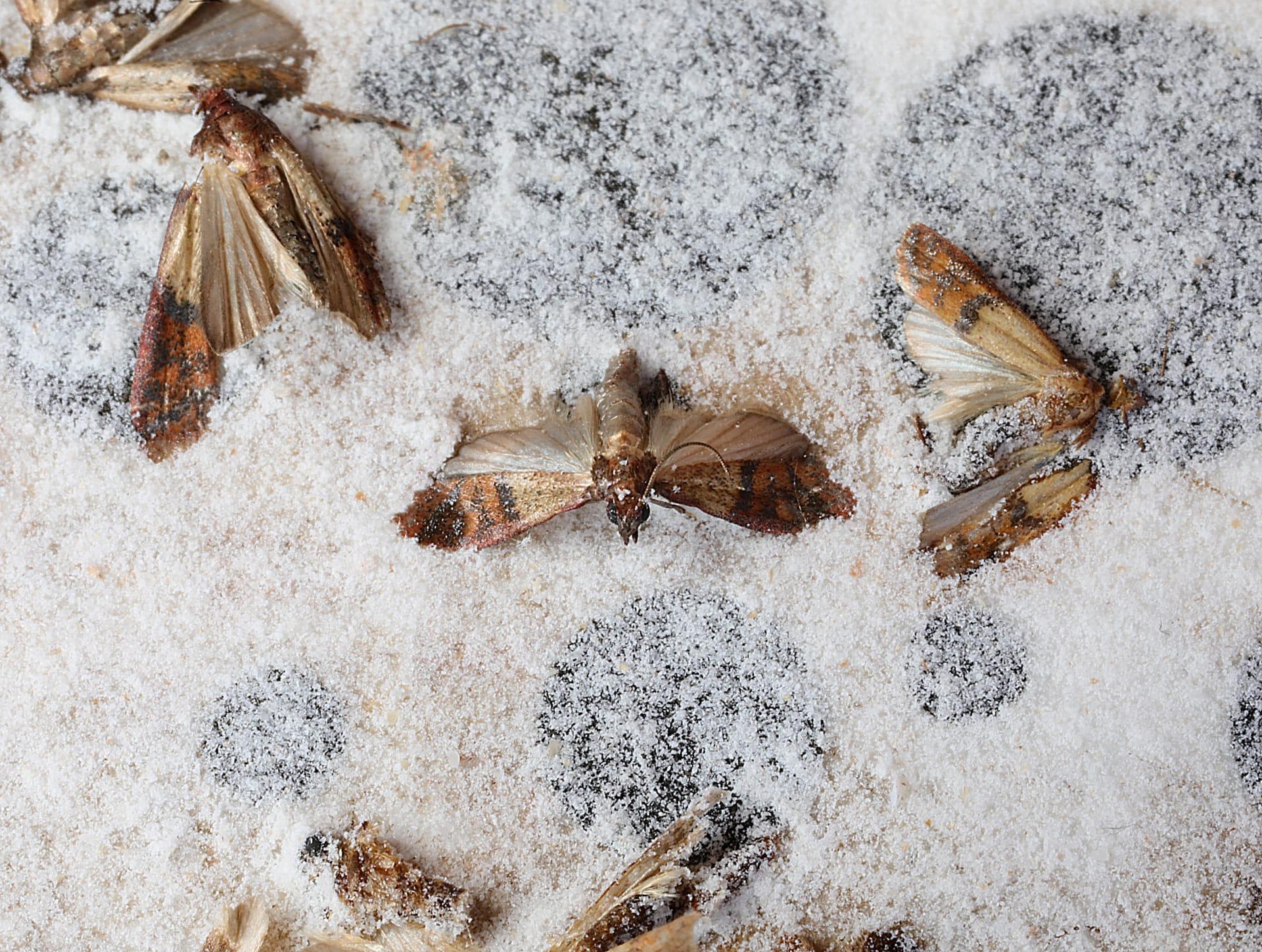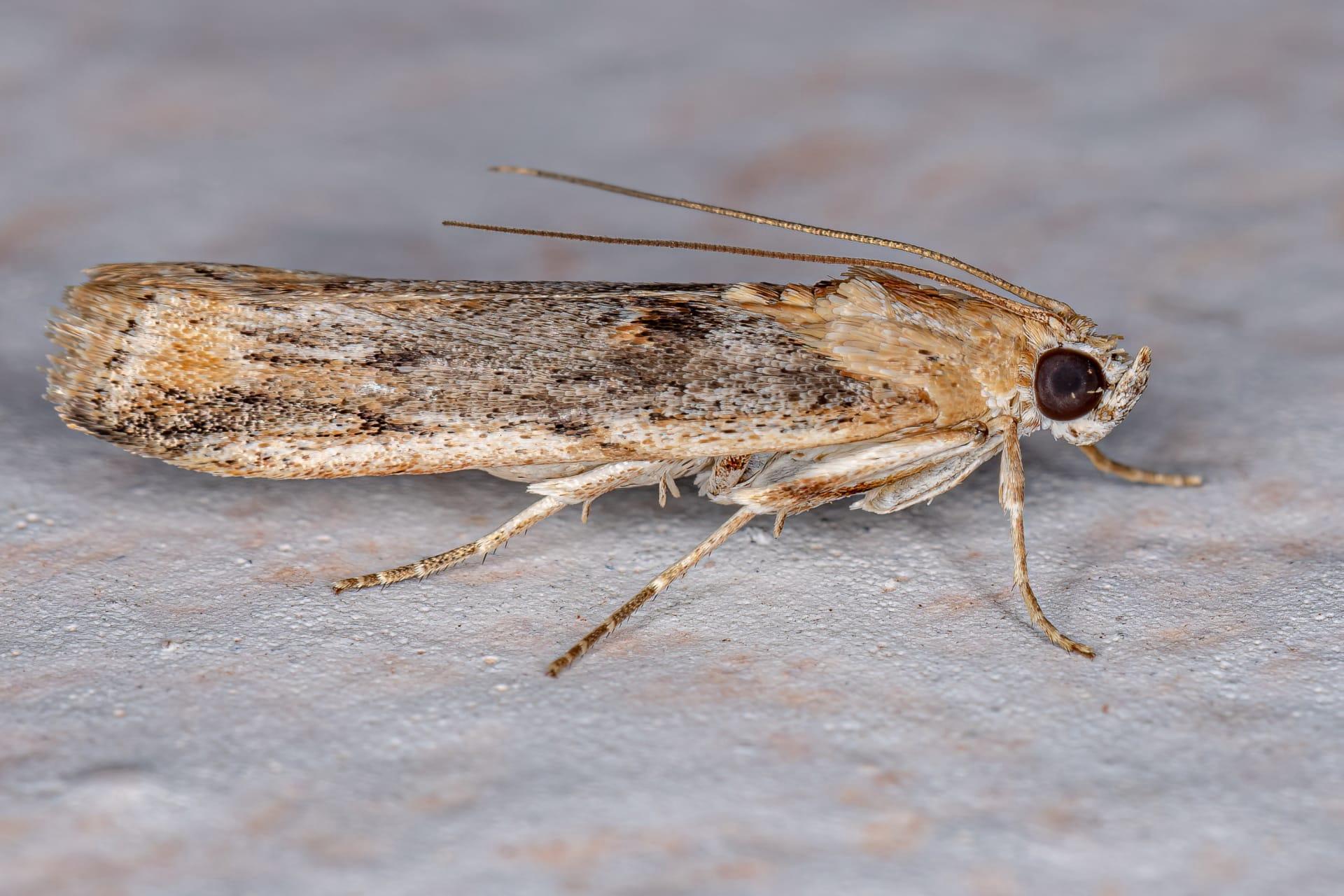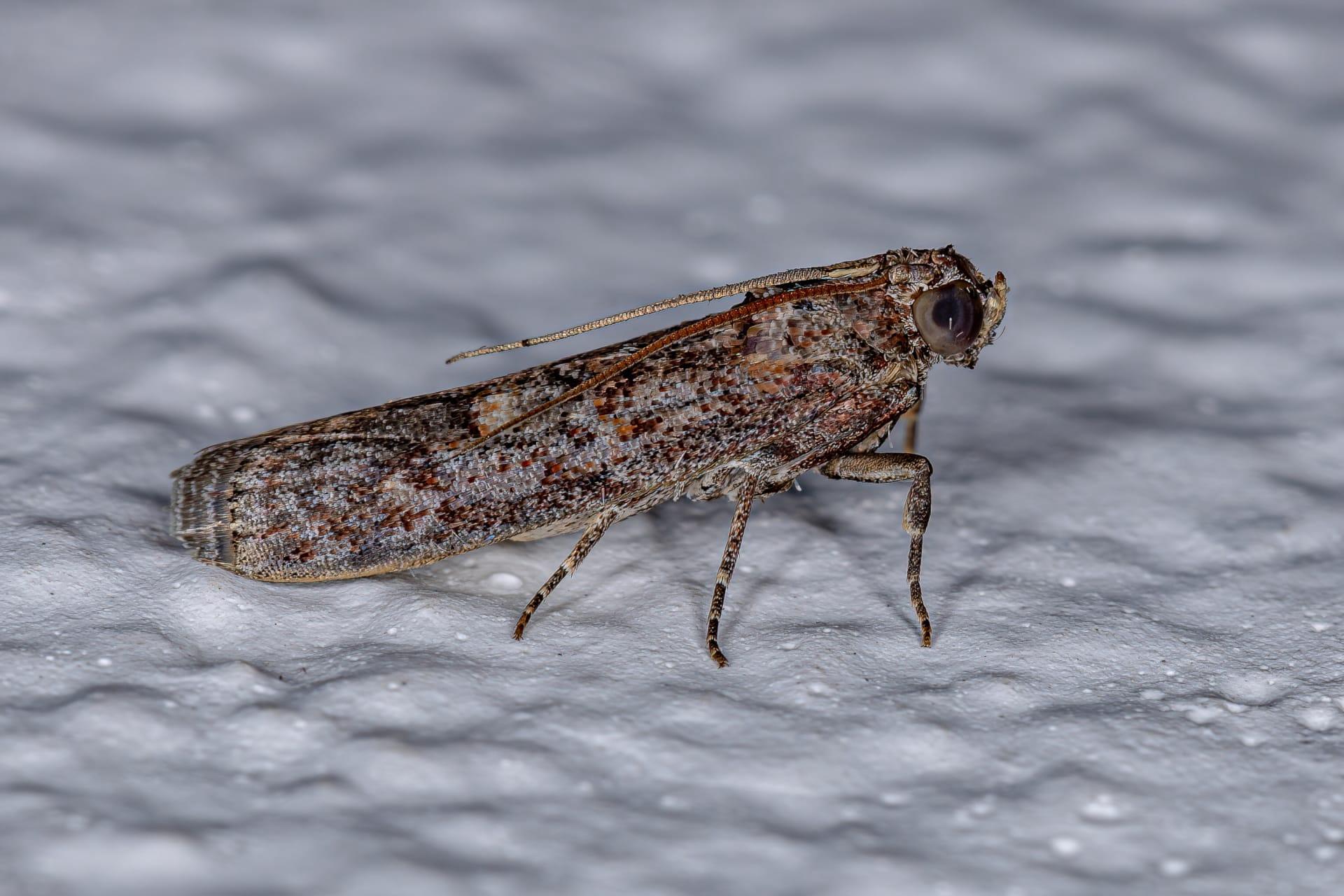Indianmeal Moth Characteristics
- Home /
- Mini Encyclopedia /
- Animal /
- Indianmeal Moth Characteristics
1
The Indianmeal Moth, scientifically known as Plodia interpunctella, is a small but fascinating creature often found lurking in our pantries. Adults typically measure about 0.5 to 0.7 inches (12 to 17 mm) in wingspan, displaying a distinctive pattern on their wings. The forewings are a deep reddish-brown near the tips, while the base is a grayish-white color, creating a striking contrast. When it comes to lifespan, these moths have a relatively short cycle. In ideal conditions, their entire life cycle – from egg to adult – can be completed in as little as 28 days, but this can vary greatly depending on temperature and food availability, with some living up to 300 days in less favorable conditions.
One of the most distinctive organs of the Indianmeal Moth is its antennae, which are not just for show. These feathery appendages are packed with sensory receptors that are incredibly sensitive to pheromones, the chemical signals used for communication among their species. This acute sense of smell is crucial for mating, as it allows males to detect and locate potential female mates from considerable distances. This is particularly important in their natural habitat, where finding a mate in the vast space can be challenging. The effectiveness of these antennae is so noteworthy that it has inspired research in sensor technology, mimicking their ability to detect minute chemical signals in the air.

2
Question: What do Indianmeal Moths eat and why are they considered pests?
Answer: Indianmeal Moths are notorious for their diet, which primarily consists of stored grains and processed foods, making them a common household pest. They have a particular penchant for cereals, nuts, dried fruits, chocolates, and spices. Their larvae are the main culprits, causing the most damage. They spin silken threads as they move, creating a web-like structure that can contaminate food products. This not only results in economic losses due to food spoilage but also poses health risks since the infestation can lead to the growth of mold and attract other pests. The reason they are such effective pests is their ability to thrive in small amounts of food and their rapid breeding cycle. A single female can lay up to 400 eggs, which can hatch in just a few days under optimal conditions, quickly leading to a full-blown infestation.

3
The movement characteristics of the Indianmeal Moth are quite intriguing. They are known for their erratic and zigzagging flight pattern, which is more pronounced in males. This flight behavior is thought to be a strategy to evade predators. The moths are most active during the early evening hours and are attracted to light, which often leads them into homes. Their ability to squeeze through tiny cracks and crevices makes them adept at infiltrating food storage areas.
Regarding their feeding habits, it's actually the larvae of the Indianmeal Moth that are the voracious eaters. Upon hatching, these tiny caterpillars, measuring about 0.5 inches (12 mm) in length, immediately begin feeding on the nearest available food source. They prefer grains, nuts, and dried fruits, and can cause significant damage to stored food products. The larvae have strong jaws that allow them to chew through plastic and cardboard packaging, gaining access to sealed food items. After a feeding period of about 2 to 3 weeks, they begin the process of pupation, leading to the emergence of adult moths who do not feed.

4
Indianmeal Moths are highly adaptable and can thrive in a variety of environments, but they have a particular affinity for warm and humid conditions. This makes household kitchens and pantries ideal breeding grounds. They can also be found in grocery stores, food processing plants, and warehouses. They are not outdoor insects and are almost always associated with human environments, especially where food is stored.
The reproduction of Indianmeal Moths is a well-oiled process. Females lay their eggs in or near potential food sources for the larvae. The eggs are tiny, white, and oval, and are often laid directly on food products. After hatching, the larvae begin feeding immediately, going through several growth stages (instars) before pupating. The entire life cycle from egg to adult can vary from 28 to 300 days, depending on environmental conditions. Temperature plays a critical role in their development; higher temperatures generally speed up the life cycle.

5
Book: "Moths of the World: A Comprehensive Guide," by Dr. Linda Archer. Published in the United States in 2015, this book offers an extensive overview of moth species globally, including the Indianmeal Moth. Dr. Archer, an esteemed entomologist, provides detailed descriptions of various moth species, their habitats, behaviors, and the challenges they face. The section on the Indianmeal Moth is particularly insightful, discussing its role as a pest in human environments and methods for management and control.
Book: "Pantry Pests: Identification and Control," authored by Michael Collins, published in the UK in 2018. This book is a practical guide focusing on common pests found in pantries, including the Indianmeal Moth. Collins, a pest control expert, delves into identification techniques, life cycles, and effective control strategies. The book is designed for both homeowners and professionals dealing with pest infestations, providing step-by-step guides and real-life case studies, making it a valuable resource for managing pests like the Indianmeal Moth.